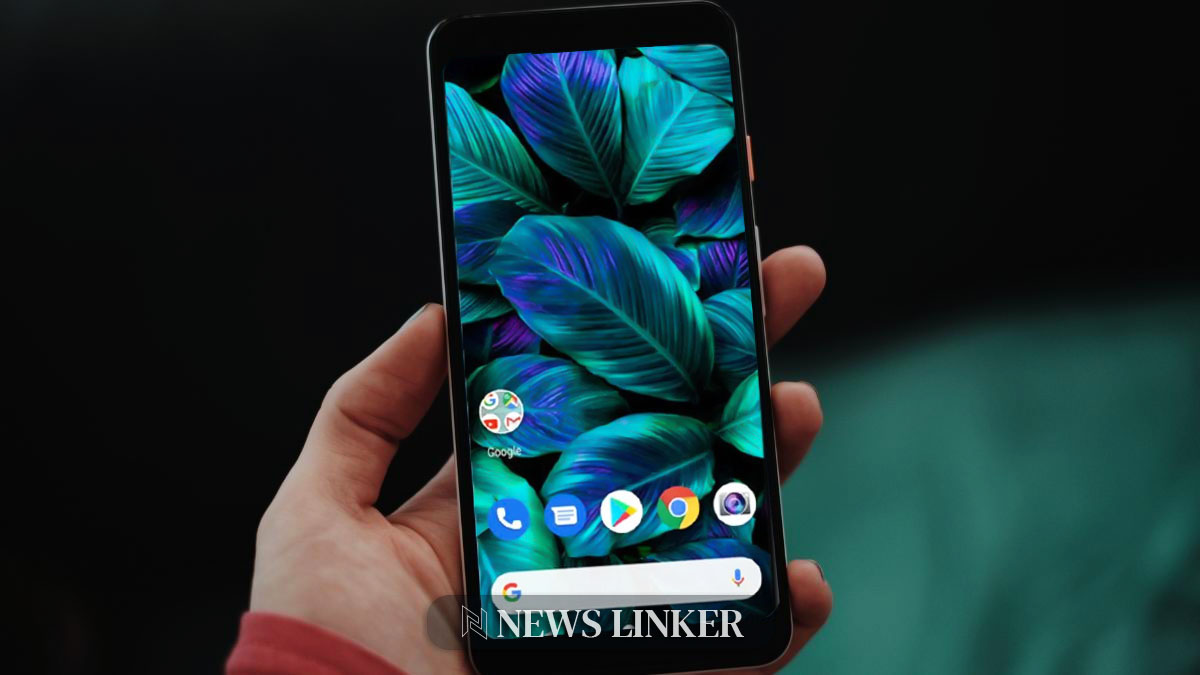Samsung’s ambitious goal to incorporate artificial intelligence (AI) features into over 100 million Galaxy devices takes a significant stride with the forthcoming software update for its 2023 flagship models. The AI upgrade includes the Galaxy S23 series, among others, and is expected to set a new precedent in the global smartphone ecosystem by endowing previous year’s flagship models with cutting-edge AI capabilities initially designed for the Galaxy S24.
Samsung’s recent efforts in enhancing its devices with AI features are not the first instance of the company’s innovative pursuits. Previously, Samsung has been known for pushing regular updates and new features to its devices, thereby extending their lifecycle and enhancing user experience. This strategy has often kept their products competitive in a swiftly evolving tech market and fostered brand loyalty among users. The decision to backport S24’s AI features to older models aligns with Samsung’s history of value addition through software enhancements.
What Makes the One UI 6.1 Update Special?
The One UI 6.1 update is already rolling out to Samsung’s flagship phones and tablets released in 2023, such as the Galaxy S23, S23 Plus, S23 Ultra, S23 FE, Z Flip 5, Fold 5, and the Galaxy Tab S9 series. This update is a harbinger of Samsung’s AI features like Live Translate, Chat Assist, and Circle to Search. As Samsung prepares to introduce the Galaxy Z Flip 6 and Fold 6, these AI enhancements are crucial in meeting the company’s target to equip a substantial number of Galaxy devices with AI this year.
How Is Samsung Positioned in the AI Phone Market?
According to Counterpoint Research, the AI phone market is expected to see exponential growth, predicting an 83% annual increase leading to 522 million units by 2027. Samsung’s Galaxy series is poised to command over half of this burgeoning market within two years, eclipsing competitors. This forecast underscores Samsung’s potential dominance in the AI phone segment amidst growing competition from Chinese manufacturers and impending AI initiatives from Apple in partnership with Google and OpenAI.
How Does This Update Compare to Competitors?
While Chinese phone makers like Honor and Oppo have ventured into the AI phone space, their global presence pales in comparison to the Galaxy brand. Meanwhile, Apple is in preliminary discussions to imbue its iPhone lineup with AI capabilities, engaging with industry giants including Google and OpenAI. Samsung’s aggressive update strategy illustrates its proactive approach to maintaining market leadership and setting industry standards.
In a recent study published in the Journal of Mobile Technologies, titled “Advancements in Smartphone AI Capabilities”, researchers analyzed the impact of integrating AI into mobile devices. The study highlighted that users benefit considerably from AI features such as optimized battery usage, enhanced photography, and personalized content delivery. Applying these findings, Samsung’s move to expand AI features through software updates aligns with the research’s insights on user benefits, potentially reinforcing customer satisfaction and engagement.
Helpful Points for the Reader
- Upgrading to One UI 6.1 brings AI-powered features to select Samsung devices.
- AI integration offers user benefits such as optimized device performance.
- Research supports AI’s role in enhancing smartphone functionality.
Samsung’s strategy to deploy AI features to over 100 million devices is not only an ambitious expansion but also a strategic move to pre-empt the global AI phone ecosystem. By offering a software update for flagship models from the previous year, Samsung ensures that its users enjoy the most up-to-date technological enhancements without necessitating hardware upgrades. This approach not only extends the life of Samsung devices but also provides a competitive edge over other manufacturers that may not update their older models as consistently. As AI becomes more integrated into everyday life, Samsung’s forward-thinking updates could spell a new era of longevity and relevance for their previous generation devices.










